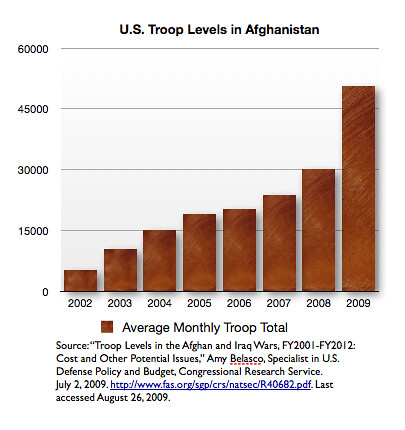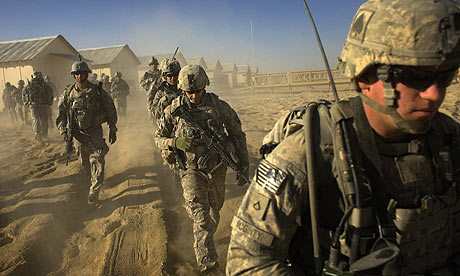 Source: DTN News / Telegraph
Source: DTN News / Telegraph(NSI News Source Info) LONDON, U.K. - May 10, 2010: The 25-year-old was told that he had completed his training and was also informed he had the ability to fly either the Lynx or Apache helicopters.

The prince has until his graduation ceremony next Friday to decide which aircraft he would like to specialise in and his preference will be taken into consideration when military commanders make their final decision.
A St James's Palace spokesman said: ''Prince Harry is very pleased. He will give the matter serious consideration over the next few days before inputting his preference.''
Lieutenant Harry Wales served in Afghanistan's Helmand Province as a forward air controller directing air strikes for 10 weeks in 2007-08 and he has made no secret of his wish to return.
The prince, an officer with the Household Cavalry Regiment, changed the direction of his military career and became a pilot to increase his chances of being deployed to the Middle East country.
Harry began his flying training with the Army Air Corps in January last year and has been working hard to complete the course.
Speaking last June about his flying training, he said: "I'm really enjoying it and, as everyone knows, it's my easiest way of getting back to the front line. Maybe safer, maybe not, I don't know."
He added: "To get out to Afghanistan again would be fantastic and my best chance is to do it from a helicopter."
Harry has been training with the Army Air Corps (AAC) at its base in Middle Wallop, Hampshire, flying the Squirrel helicopter.
He will have spent more than 90 hours in the air during the 22- week course.
He successfully completed its final handling test yesterday and earlier in the week finished the "course final exercise".
A St James's Palace spokesman said: "Instructors assessed Prince Harry as capable of being an Apache or a Lynx pilot."
The choice before the prince is one of two extremes.
The Apache is a fearsome attack helicopter and one of the most advanced military aircraft in the world. UK forces in Helmand Province have employed the aircraft to hunt and kill Taliban fighters, gather intelligence and provide cover for larger Chinook helicopters transporting troops and vital supplies.
The Lynx is a versatile machine which is used for reconnaissance, as an aerial vantage point for commanders during battles, and to transport troops.
The Army's 22 Lynxes are currently being upgraded to Mk9A standard so they can support British forces on the front line in the blisteringly hot conditions of an Afghan summer.
Speaking about the prince's helicopter choice, the spokesman added: "As with any other pilot, Prince Harry's preferences will be taken into account by the chain of command, which will make its final decision about aircraft type ahead of next Friday's graduation ceremony."
Harry's father, the Prince of Wales, who is the AAC's Colonel in Chief, will present him with his provisional wings at the event being held at Middle Wallop.
Harry will begin his "conversion to type" training once a decision has been made about which helicopter he will fly.



 f the victory of the Great Patriotic War over Nazi Germany.
f the victory of the Great Patriotic War over Nazi Germany.



















